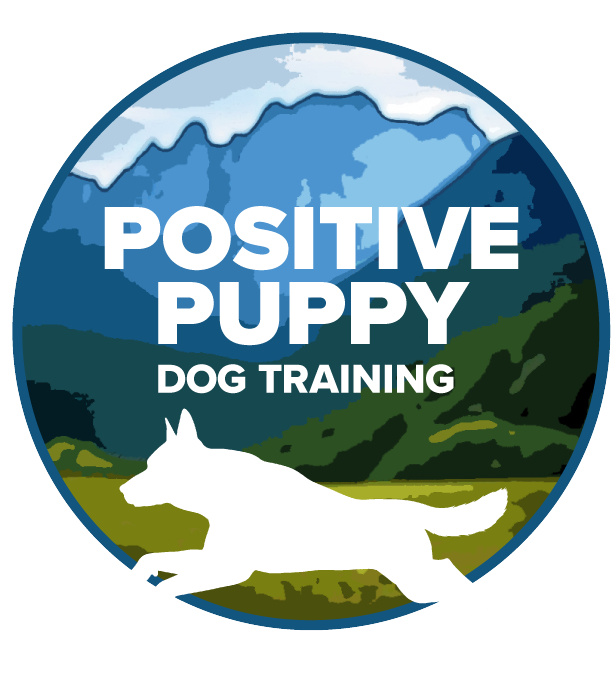NO, NO! BAD DOG!!
What a great word that just rolls off our tongue with any dog that tends to get into mischief, especially puppies! What is important is to understand how dogs think. Dogs are very literal. They need precise meanings to words we teach them. We also have to understand that we teach them English. They are not preprogrammed to understand the meaning of our verbalization. Consequently, the best thing we can do is to have very clear meanings in our vocabulary of what a term/command means. If we do not have a very clear visualization of what a word means, we will have a very hard time teaching it to our dog.
“No” is a very ambiguous term, which in essences means it has many meanings – take your mouth of that, leave that alone, come here, stop doing what you are doing, look at me, and so on. For a dog, that is very complex for them to understand.
Secondly, the term “no” gives the dog “no” information about what you WANT him to do. When we find ourselves wanting to say “no”, we need to ask ourselves what it is we WANT the dog to do. So, for instance, your dog is chewing the Oriental rug in the living room. Instead of “NO!”, we say, “Leave it”. Ahead of time, we teach the dog that “Leave it” means take your mouth off and turn and come back to me. Once the dog is taught this ahead of time with food, then gradually adding toys for the dog to leave, the dog can have a clear understanding of what it is we would rather he do. The command is DIRECTIVE instead of a negative that has an ambiguous meaning.
Jokingly, I see t-shirts in the dog community that has dirty dog paws on it or a cute puppy with the caption that says, “My Name is No, No?!” The next time you find yourself saying to your dog, “No!”, think about what you would like your dog to do instead. Then, think about or get help in teaching what it is you would LIKE your dog to do. If your dog jumps on people at the front door, teach your dog another behavior that is just as much fun; sit, go to a bed, etc. Now you have a tool (command) to do when there is a behavior you don’t like instead of just saying “no” which tells the dog nothing.
I had a dog years ago, that didn’t jump but she was a HORRIBLE licker! UGH! No one could stand it! So, I taught her that when the doorbell rang, it was the cue to go to her bed where she was lavished with cookies! As long as she stayed there, she got more cookies! How heavenly was that!? If she got off her bed, I just took her back to the bed.
With some forethought and early training, you can effectively put “No! No!” away, and end up building a more trusting relationship with your dog where your dog actually understands you. You will find that everyone is less frustrated.
Caption, “You are a GOOD boy, Baewulf!”

